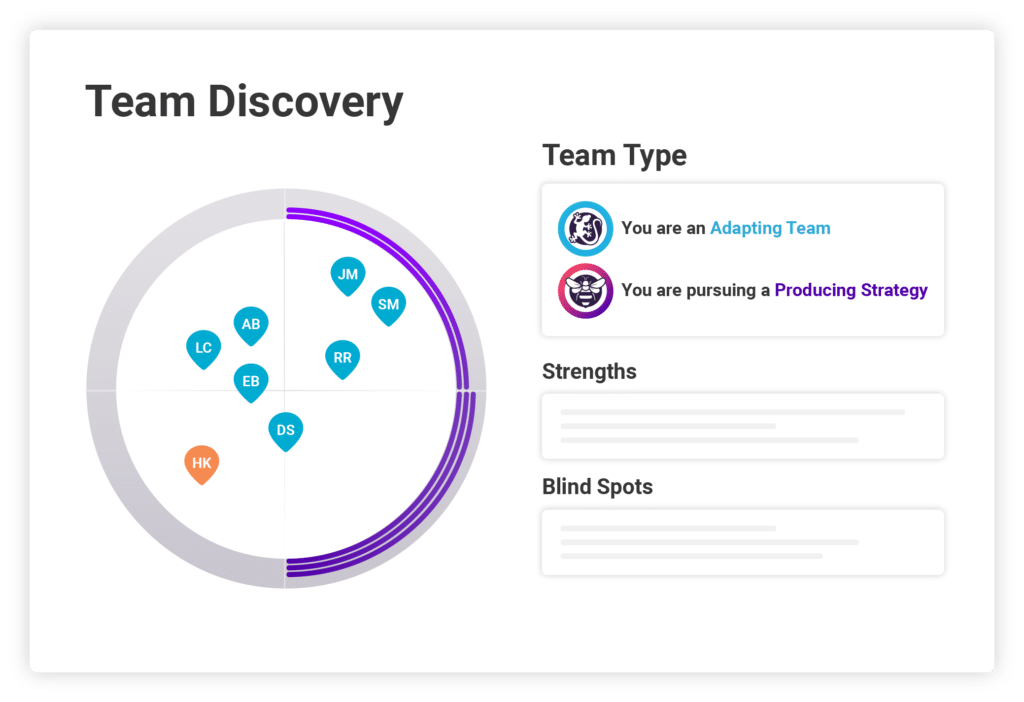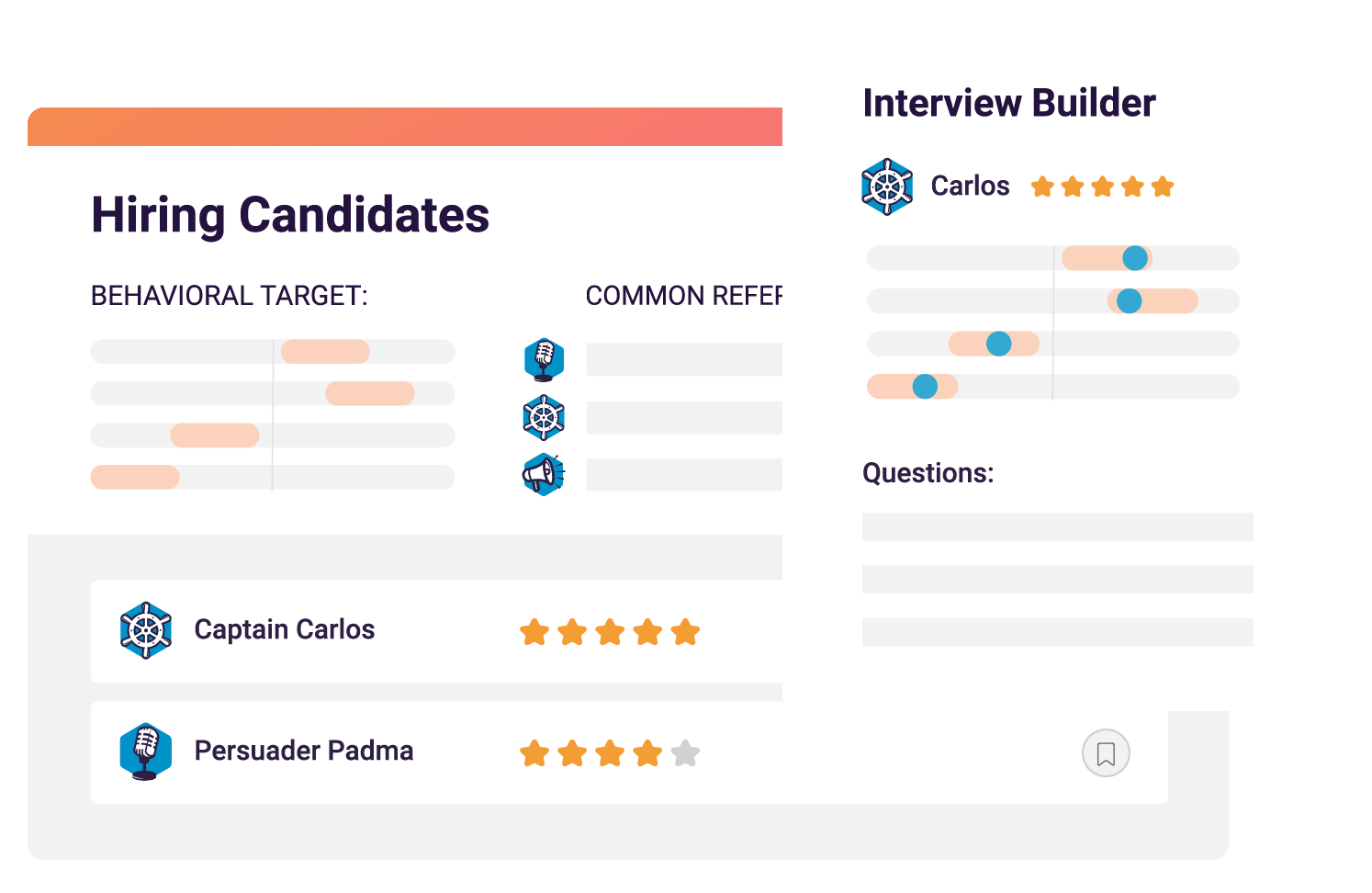A supervisor’s worst nightmare is walking into a team meeting filled with arguing, apathetic, or inconsiderate employees. When a team is dysfunctional, both the company’s culture and bottom line suffer. Successful teams are made of members who are purposeful in their interactions, mindful of behavioral differences, and try to communicate effectively with each other. It’s a manager’s job to focus on team development.
These eight tips will strengthen and unify even the most dysfunctional workplace teams.
1. Schedule regular open meetings.
When communicating with team members through e-mail, text, instant message, and other forms of digital media, the meanings of messages can be easily misconstrued. The best team interaction often takes place in open, face-to-face meetings. In this type of setting, team members will both hear the words of your intended communication and the tone of voice you use while giving it.
2. Use appropriate body language.
The look on your face can say more than a thousand words. For instance, when a team member wears a scowl on their face while listening to a fellow employee’s ideas, the interaction between the two people will likely be lackluster. Using positive body language conveys interest, sincerity, and cooperation to team members. Here are some ways to show positive body language:
- Smile.
- Make eye contact.
- Give a thumbs up.
- Nod or show that you are actively listening to what they have to say.
A personalized leadership approach for each team member.
PI’s behavioral insights help leaders inspire and coach each employee in a way they truly connect with.
3. Speak simply.
When addressing team members, don’t attempt to wow them with your impressive vocabulary. Speaking with simple words and phrases will improve the likelihood of effectively communicating your message while decreasing the probability of appearing like a show-off. There’s nothing worse than having to Google a word you are not familiar with.
4. Utilize visuals.
Some of the members on your team might learn better when listening to a lecture. Other employees may comprehend new concepts more easily after looking at visuals. To accommodate a variety of different learning styles, create informative visuals to display when giving a presentation at a team meeting. Also, understanding the behavioral pattern of your team members will ensure you address certain needs, like preferring to read information before meeting as a group to discuss something.
5. Value every team member’s ideas.
Effective teams contain team members who value each other’s ideas. If team members are belittled or ignored after offering input, they will likely stop engaging in team discussions and other activities. When this occurs, collaboration is stifled. Some team members are not naturally driven to initiate conversation. Taking the time to understand who are driven to talk things through versus those who are not will allow you to make sure everyone is given appropriate airtime.

6. Establish ground rules for the team.
Establishing ground rules for a team will encourage order, efficiency, and healthy communication at meetings. Every member of the team should have a voice in the rule creation process. Rules should be agreed on by consensus. A few rules that might improve interaction among team members include:
- Every team member will arrive at meetings on time.
- Each team member is allowed to offer suggestions and provide ideas.
- Only one team member will speak at any given time.
7. Encourage debate.
When team members are afraid to disagree with one another, they might blindly make important decisions without feeling confident about them. In this type of environment, only one or two team members might be responsible for making most, if not all, of the team decisions. Healthy debates inspire creativity and collaborative brainstorming. Keep in mind that in order to feel comfortable engaging in debate, your team has to be comfortable with each other. Regular team-building exercises may be helpful to make people more comfortable and trusting enough to debate without fear of offending anyone.
8. Show appreciation.
People respond better to courtesy than they react to impoliteness. Showing appreciation makes team members feel like they matter. Expressing gratitude, even for small acts, creates goodwill. Examples of displaying appreciation to team members include:
- Congratulating a team member for developing a great idea for a new project
- Thanking a team member for finishing an assignment before a deadline
- Thanking team members for taking the time to listen to a presentation
Whether on the call-center floor, in a restaurant kitchen, or at a corporate meeting, the power of the team is greater than that of the individual. However, the mere existence of a team in an org chart certainly doesn’t call for efficiency. Ground-breaking teams are staffed with members who know how to successfully and respectfully communicate, challenge, and reward each other. Peer recognition helps build trust on teams.
Better understand your team with PI.
When looking to work well as a team, it helps to fully understand the people around you. Using tools like PI Team Discovery, you can take team interactions to the next level.
Team Discovery lets you uncover the collective behavioral identity of your team—known as your Team Type. Using the power of people data, you can visualize how each team member’s personality fits as part of the larger team dynamic.

Are you an Exploring Team, with a knack for innovation and risk-taking? Maybe you’re a Stabilizing Team, all about process and efficiency? Based on your Team Type, PI will give you tailored recommendations on how best to work as a team—so you can crush your goals.
Want to see Team Discovery in action? Book a session and experience it first-hand.
Request a Demo
9,000+ companies trust The Predictive Index to create dream teams.
See how PI’s Talent Optimization Platform can help your company hire with certainty, inspire your teams, and sustain lasting employee engagement.








